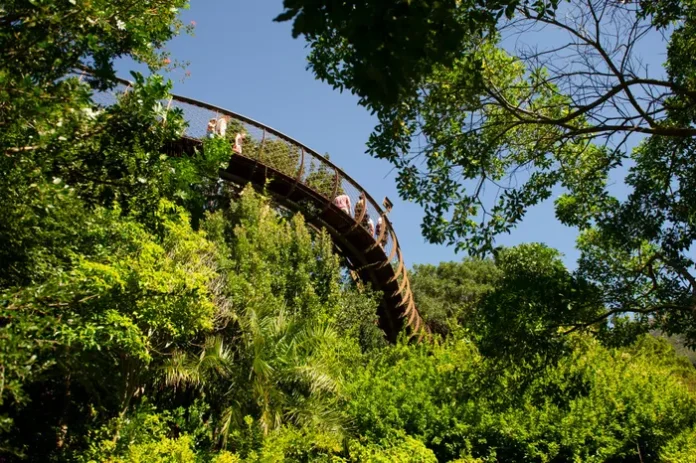
Kirstenbosch National Botanical Garden has been named one of the world’s top ten gardens in a prestigious global ranking by The New York Times’ T25 series, a list compiled by an international panel of six leading horticultural experts. This recognition celebrates more than just stunning scenery — it affirms the Western Cape’s global significance in biodiversity, conservation, and sustainable tourism.
What Makes a Garden Truly Exceptional?
To determine which gardens are worth crossing the globe to visit, the panel — including notable figures like French landscape designer Louis Benech, award-winning English garden designer Juliet Sargeant, and American garden editor Deborah Needleman — evaluated nominations based on design excellence, cultural significance, ecological value, and visitor experience.
Each expert proposed their top 10, and after a four-hour deliberation, 25 gardens from 20 countries were chosen. Gardens in Italy and the UK topped the list in terms of numbers, followed by France. The final selection spans a wide array of styles, from the manicured lawns of England to lush tropical oases and arid desert showcases — all reflecting their regions’ heritage and horticultural innovation.

Among internationally celebrated names like Sissinghurst Castle Garden (England), Giardino di Ninfa (Italy), and Saihoji Kokedera Temple Moss Garden (Japan), Kirstenbosch stood out as the only African garden to make the cut — a monumental achievement for South Africa.
Why Kirstenbosch Deserves Its Place
Nestled on the eastern slopes of Table Mountain in Cape Town, Kirstenbosch is more than a scenic retreat — it is the first botanical garden in the world dedicated entirely to indigenous flora. Established in 1913, it spans 1,305 acres and showcases over 7,000 plant species, with a special focus on the fynbos biome — a globally unique vegetation type found almost exclusively in the Western Cape.
This diverse collection includes proteas, restios, flowering ericas, and prehistoric cycads. The garden’s integration into the natural mountain landscape provides a uniquely wild experience, one that T25 panellist Tim Richardson described as “maybe the most spectacular botanical garden in the world.”

Notable features include the Tree Canopy Walkway, a serpentine steel-and-timber bridge offering panoramic forest and mountain views, and seasonal flower displays that create a vibrant sensory spectacle year-round.
A Boost for the Western Cape
South Africa’s Minister of Forestry, Fisheries and the Environment, Dion George, hailed the recognition as a tribute to the nation’s extraordinary biodiversity and the tireless efforts of the South African National Biodiversity Institute (SANBI) and Kirstenbosch staff.
“This honour… is a testament to the dedication of the Kirstenbosch team, whose efforts ensure this garden remains a global beacon of conservation and sustainability,” George said.
The accolade aligns with the Kruger-Kirstenbosch-iSimangaliso Icon Status Strategy (KISS) — an initiative to elevate iconic South African sites into global tourism powerhouses through sustainable practices, innovative visitor experiences, and enhanced conservation.
A National Treasure on the Global Stage
This international spotlight not only cements Kirstenbosch’s status as a conservation leader but also positions the Western Cape as a premier eco-tourism destination. As global travellers seek authentic and meaningful nature experiences, Kirstenbosch stands ready to welcome the world — a vibrant, living showcase of South Africa’s natural heritage.

